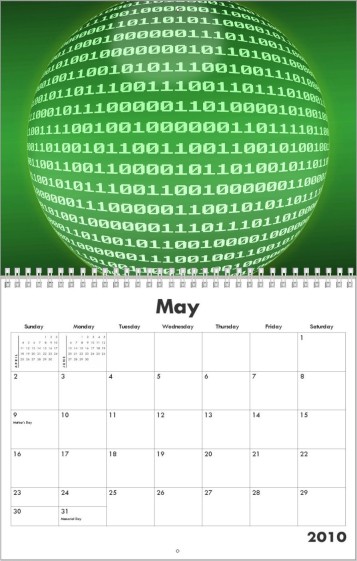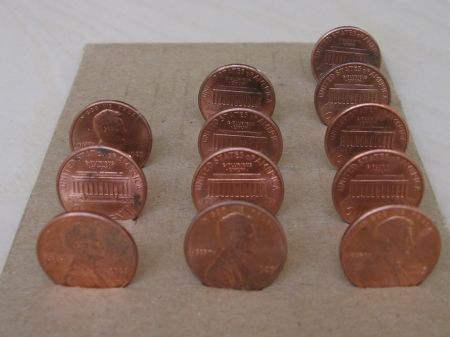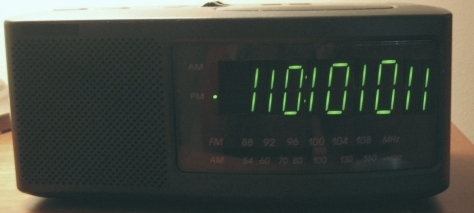I’ve previously written a Windows program (in C++) and an Android app (in Java) to turn my Fretlight guitar into a binary clock. I’ve now written a Python program to do the same, running under Raspbian Linux on a Raspberry Pi computer. I will show you the code and tell you how to run it.

Continue reading “My Fretlight Guitar Binary Clock: Raspberry Pi Edition”




